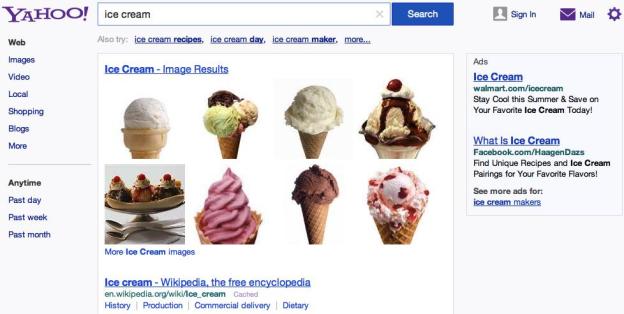 Search engine companies such as Google, Bing and Yahoo have been given a rap on the knuckles by the Federal Trade Commission (FTC) for veering away from guidelines laid down in 2002 that instructed them to distinguish clearly between search results and ads (including paid search results) displayed on their webpages.
Search engine companies such as Google, Bing and Yahoo have been given a rap on the knuckles by the Federal Trade Commission (FTC) for veering away from guidelines laid down in 2002 that instructed them to distinguish clearly between search results and ads (including paid search results) displayed on their webpages.
In an effort to better protect consumers, the commission said on Tuesday that “failing to clearly and prominently distinguish advertising from natural search results could be a deceptive practice.”
Updating the guidelines for the first time in 11 years, the FTC sent letters to seven general-purpose search engines (AOL, Ask.com, Bing, Blekko, DuckDuckGo, Google, and Yahoo) as well as 17 of the most popular specialist search engines that focus on areas such as shopping, travel, and local businesses.
The commission said that the updated guidelines emphasized “the need for visual cues, labels, or other techniques to effectively distinguish advertisements, in order to avoid misleading consumers.”
The FTC pointed out to the search engines that it had observed, increasingly, that background shading used by many companies on their webpages to distinguish ads from genuine search results had become “significantly less visible”.
In addition to clear visual clues such as shading, the FTC insisted all search engine companies use “large and visible” text labels to indicate ads on their webpages.
It also brought attention to the increasing use of so-called ‘top ads’ located immediately above genuine search results. “A recent online survey by a search strategies company found that nearly half of searchers did not recognize top ads as distinct from natural search results and said the background shading used to distinguish the ads was white,” the FTC said in the letter.
The commission also pointed out that the results returned from some specialized searches can be based in part on payments from a third party, in which case the consumer should be made aware.
In a related issue, the FTC last year investigated Google over allegations that it had altered its search algorithm to give favorable placement to its own products and to companies paying Google for more prominence in results. The FTC in January cleared Google of any wrongdoing, though suggested the company made a number of changes to its search/ads business.
Following the issue of the FTC’s updated guidelines on Tuesday, the Mountain View company said, “Clear labeling and disclosure of paid results is important, and we’ve always strived to do that as our products have evolved.”


